Cyberpunk 2077’s launch was a major success for CD Projekt, with over 8 million sold before launch. For players, however, the game’s launch was a disaster. From the persistent bugs to the horrible performance, Cyberpunk 2077 is plagued with issues. Although, Cyberpunk 2077’s awful optimization and sluggish performance can be circumvented without sacrificing major graphical downgrades by disabling a few key settings. This guide will walk you through how to increase your framerate in Cyberpunk 2077.
Update your drivers

The most important step you can make toward a higher framerate is downloading and installing the latest drivers. The latest Nvidia drivers released is Version 460.79. It hails itself as Game Ready for Cyberpunk 2077 and will increase your performance when installed. For AMD Radeon, you will need version 20.12.1 drivers.
Put the game on an SSD
Cyberpunk 2077 hates hard drives, and using one will undoubtedly give you more texture pop-ins and general bugs. Your best bet is to transfer Cyberpunk 2077 over to an SSD if you are experiencing major issues. This will also dramatically increase load times.
Settings to tweak

These settings have massive impacts on your FPS but don’t affect quality as much as you might think. Turning these down has a negligible impact on graphics quality but increase your FPS by a lot.
NPC density
If you are someone with a weaker CPU, this setting will certainly take a toll on your FPS. Consider changing it to medium or low.
Cascaded Shadows Resolution
This setting has the biggest impact on your framerate out of any on this list. You can lower this setting for increased performance at the cost of lower quality shadows.
Screen Space Reflections
Turn this down if you don’t mind a decrease in surface reflections.
Valumetric Fog res & Volumetric Cloud res
These settings only affect the clouds and fog in the game. But even when you aren’t staring at the sky, this setting still taxes your graphics card more than it should.
Settings to disable
All of these settings work together to give the game a blurry, washed-out appearance. For most people, turning these off will provide them with a better experience.
- Film Grain
- Motion Blur
- Depth of Field
- Chromatic Aberrations
Benchmarks
On a GeForce GTX 1660 Ti, lowering and disabling the settings above had a major impact on average FPS. On the default medium settings, the game was chugging along at about 35-40 average FPS.
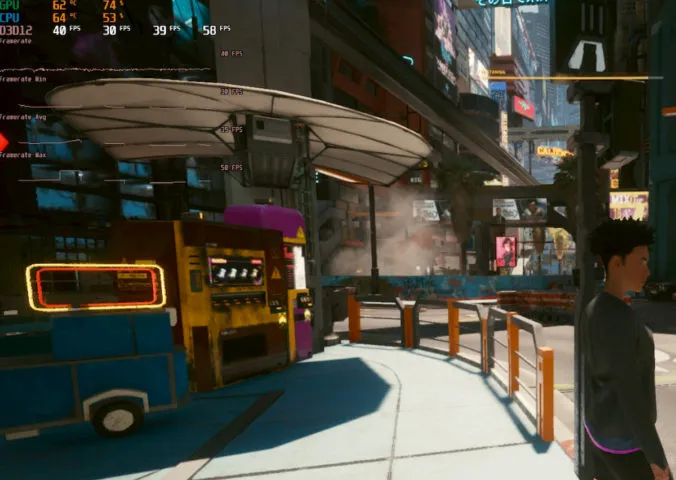
But once everything was adjusted, a stable framerate of 55-60 was much more achievable. Not only that, but the graphical adjustments weren’t noticeable.
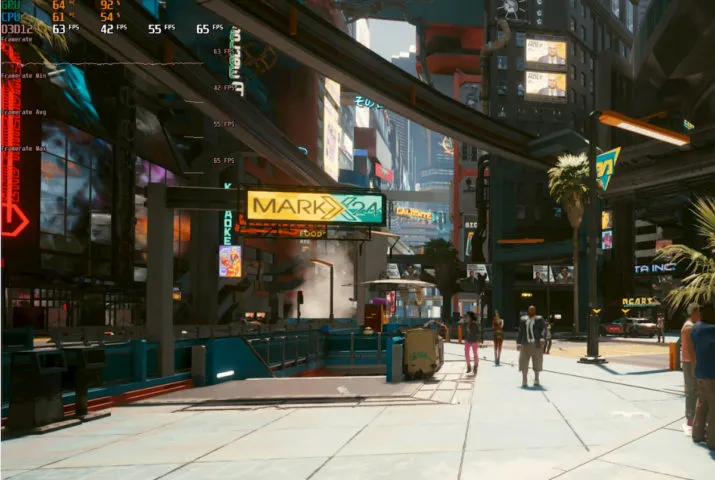

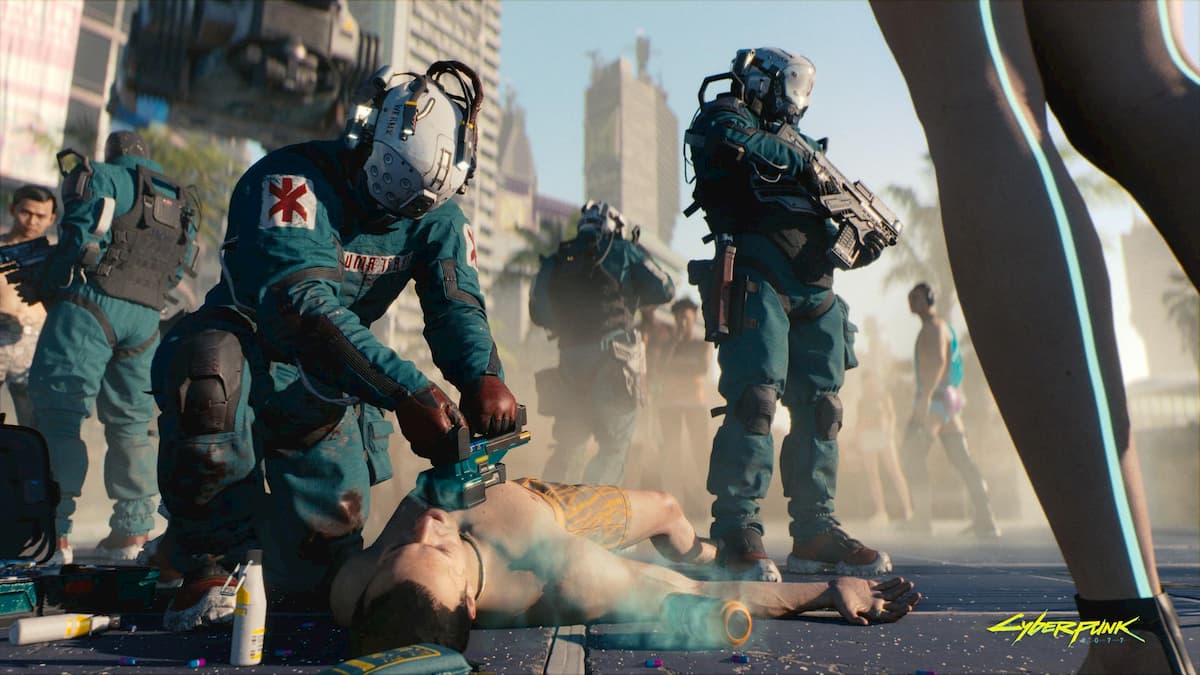
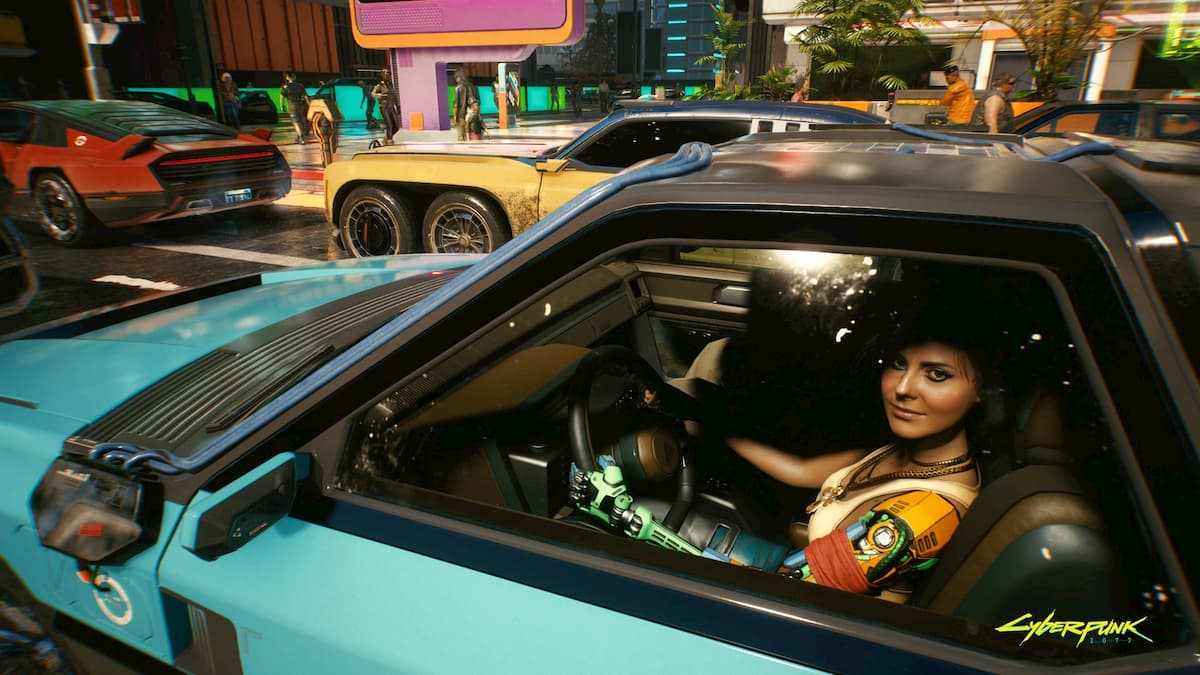
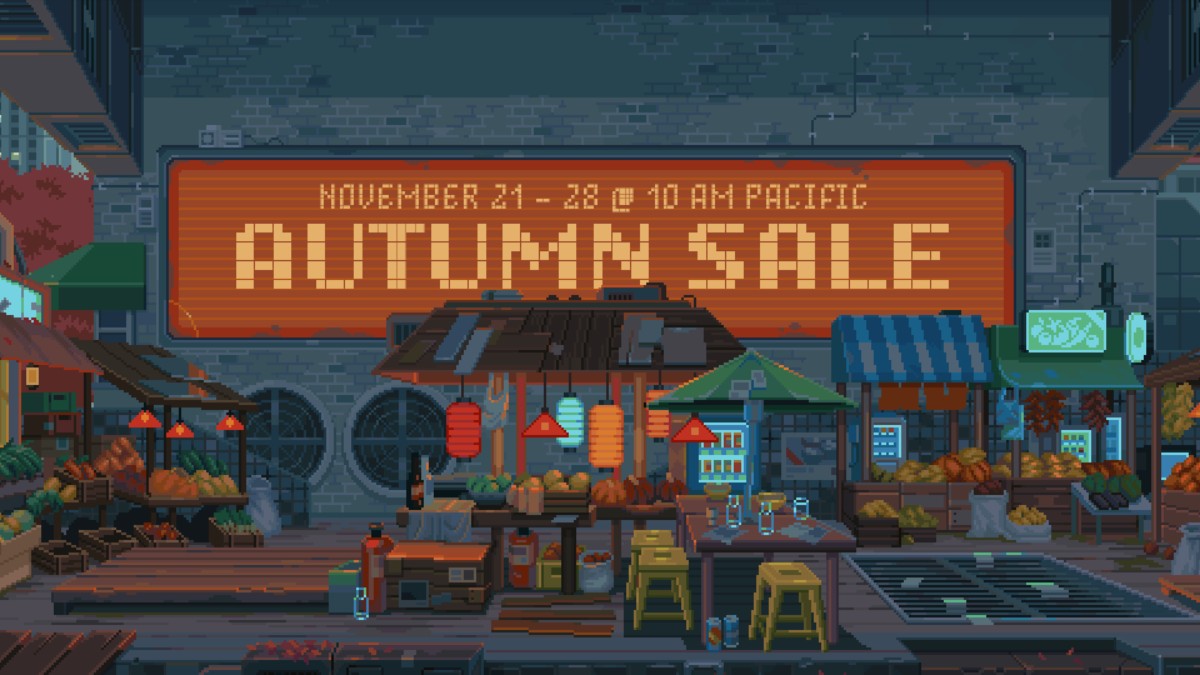



Published: Dec 11, 2020 05:35 am